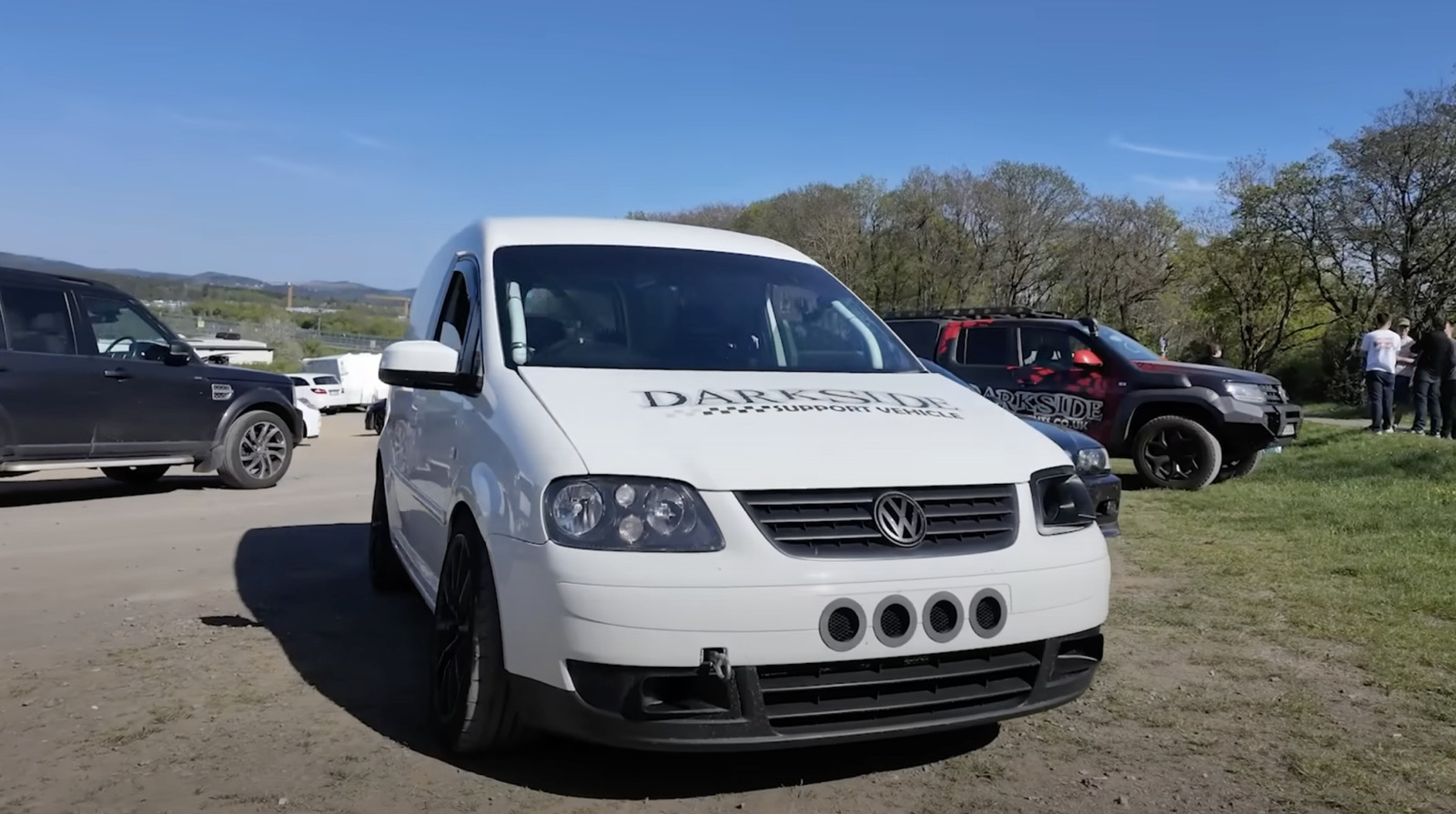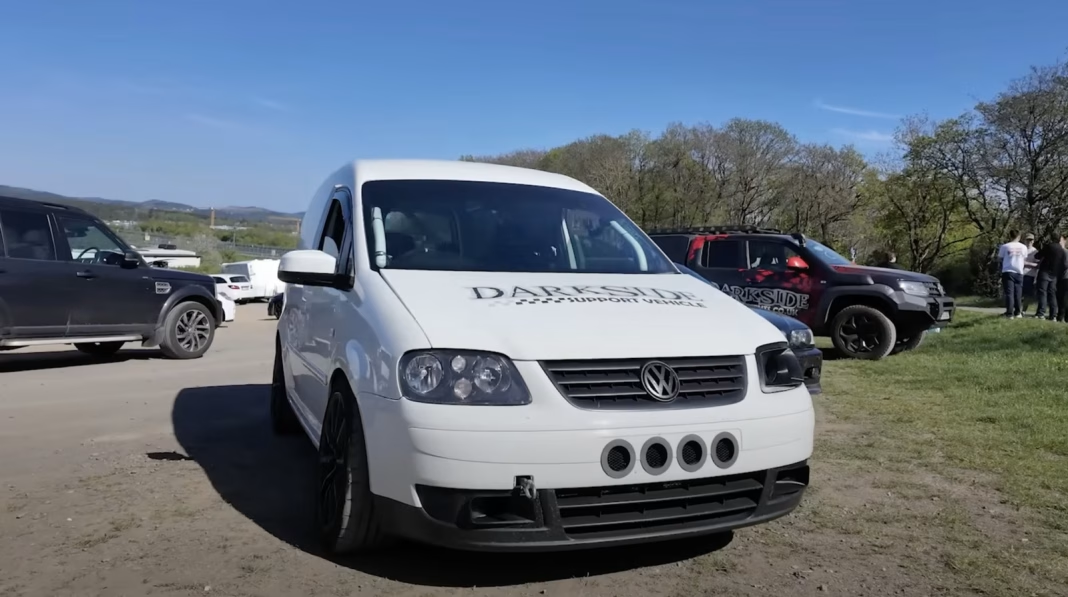The world of automotive records is always buzzing with excitement, and the latest news from the Nürburgring is no exception. The previous record for the fastest van around this legendary track was held by a 700-horsepower Ford Transit Super Van, clocking in at an impressive 9 minutes and 28 seconds. But hold onto your hats—this record has just been shattered by a diesel Volkswagen Caddy, and the new time is over a minute faster. Let’s dive into how this remarkable feat was achieved and what it means for the automotive community.
How Did a Diesel Van Outperform a Super Van?
You might be wondering how a humble diesel van could possibly outpace a powerhouse like the Ford Transit Super Van. The answer lies in a combination of engineering ingenuity, weight distribution, and, of course, the skill of the driver. The team behind the Volkswagen Caddy focused on optimizing every aspect of the vehicle, from its aerodynamics to its suspension setup.
The Caddy, while not boasting the same horsepower as the Super Van, leveraged its lighter weight and superior handling to navigate the twists and turns of the Nürburgring more efficiently. This is a classic example of how sometimes, it’s not just about raw power; it’s about how you use what you have.
The Role of Technology in Modern Racing
Modern racing has seen a significant shift towards technology-driven performance enhancements. The team that set the new record utilized advanced telemetry and data analysis to fine-tune the Caddy’s performance. This approach allowed them to identify the most effective driving lines and optimize the vehicle’s setup for the unique challenges of the Nürburgring.
Moreover, the use of diesel engines is becoming increasingly popular in racing circles. Diesel engines, known for their torque and efficiency, can provide a competitive edge, especially in endurance racing. The Volkswagen Caddy’s success is a testament to how innovation in engine technology can lead to unexpected victories.
What This Means for the Future of Vans
This record-breaking achievement has broader implications for the van segment in motorsport. It challenges preconceived notions about what a van can do. Traditionally seen as utilitarian vehicles, vans are now stepping into the spotlight, showcasing their potential for performance. This shift could inspire manufacturers to invest more in performance-oriented van models, leading to a new era of racing possibilities.
The Volkswagen Caddy’s triumph could also spark interest among enthusiasts who might have previously overlooked vans as a viable option for performance driving. Imagine a future where more people are taking their family haulers to the track, pushing the limits of what these vehicles can achieve.
What’s Next for Record-Breaking Vans?
With the bar now set so high, it’s likely that other manufacturers will be eager to reclaim the title. The competition could lead to a flurry of innovations as brands look to outdo each other. We might see more collaborations between racing teams and manufacturers, leading to even more specialized vehicles designed specifically for track performance.
As enthusiasts, we can look forward to watching this space evolve. Who knows? The next record-breaking van might just be around the corner, and it could come from an unexpected source.
The big takeaway? The world of automotive records isn’t just about speed; it’s about creativity and innovation. The Volkswagen Caddy’s achievement shows that with the right approach, even the most unlikely contenders can rise to the challenge. So, whether you’re a die-hard racing fan or just someone who appreciates a good underdog story, keep an eye on the van segment—it’s about to get a lot more exciting.


